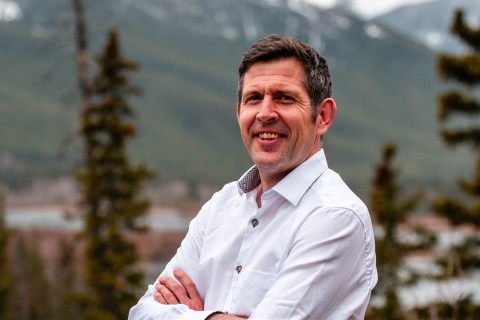Some politicians are making bold statements about undoing Alberta’s climate policy, but when we look closely at those claims, they just don’t hold up.
The environment is not the partisan issue it’s often made out to be. Outside of a vocal minority who object to any action on climate change, prominent leaders across the political spectrum recognize this is the critical economic and environmental challenge of our times. There is also a false narrative that Alberta’s Climate Leadership Plan is radical — in fact, it’s far from it. By introducing these policies, Alberta is ensuring it’s staying competitive with other provinces, U.S. states and international players including Europe, China and India which are making aggressive moves to lower emissions across all sectors. Approaches introduced in Alberta’s Climate Leadership Plan are likely here to stay. This is welcome news for Albertans, economically and environmentally.
One of the most widely misunderstood policies is Alberta’s carbon levy. None of the doomsday scenarios predicted have panned out. Instead economic activity has grown over 5%, and the prices of food and other goods are on par with other provinces. Rebates shield the majority of Albertans while preserving the incentive to reduce emissions. The levy is already being used to fund popular programs like energy efficiency rebates and Calgary’s Green Line LRT expansion.
Furthermore the nationwide price on carbon provides a strong federal backstop — experts say Saskatchewan’s legal challenge is doomed to fail. The choice for Alberta is between implementing its own policy designed to preserve provincial competitiveness or having a policy imposed on it.
The phase-out of coal-fired power is another climate policy with federal reinforcement. And it is popular with a majority of Albertans who want to protect their families from harmful impacts of burning coal. It’s hard to imagine companies wanting to go back on the contracts in place for plant retirements. CEOs of major coal generators are saying that coal phase-out makes economic sense, and are accelerating timelines for conversions and closures compared to legislation.
This is a global trend, with coal use peaking and declining in countries like the U.S and China. On the day President Trump announced the intention to pull out of the Paris Agreement, three coal plants in the U.S. closed.
The falling price of renewables — wind by 50 per cent and solar by 80 per cent over the last decade — makes the shift increasingly inevitable.
In Alberta, it’s expected that contracts for 1200 MW of additional renewable energy generation will be secured by the end of 2019 — enough to power half a million homes and create jobs for over 1,200 people. Strong competition will drive down prices — with predictions for the cheapest renewables ever in Canada, below the long-term average cost of electricity in the province. It’s a good bargain for Albertans, as the contracts will act as hedges, protecting consumers from rising electricity prices. It would be hard to find anyone willing to sign a 20-year contract for a natural gas plant at a similar price.
Looking at the oilsands, companies supporting the 100-megatonne annual limit would find rolling it back unhelpful — history shows it doesn’t help industry to be seen as a laggard on the environment. It is also important to remember that industry values certainty — the same reason so many support a price on carbon. The limit will drive improvements in performance and projections suggest the 100 Mt limit is a safety net that may not actually be reached.
While there can be constructive criticisms of any policy, the question must be “what is the alternative approach to achieve the goal?” Different parties may take different approaches to reducing greenhouse gases; having no policy is, thankfully, no longer a serious option.










